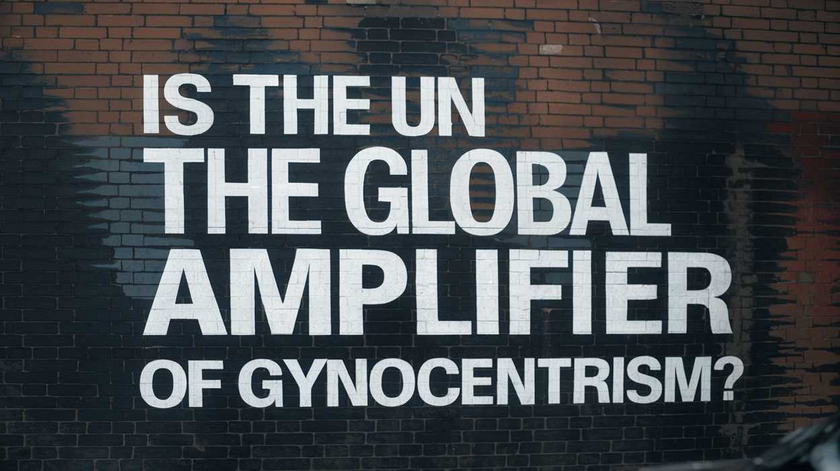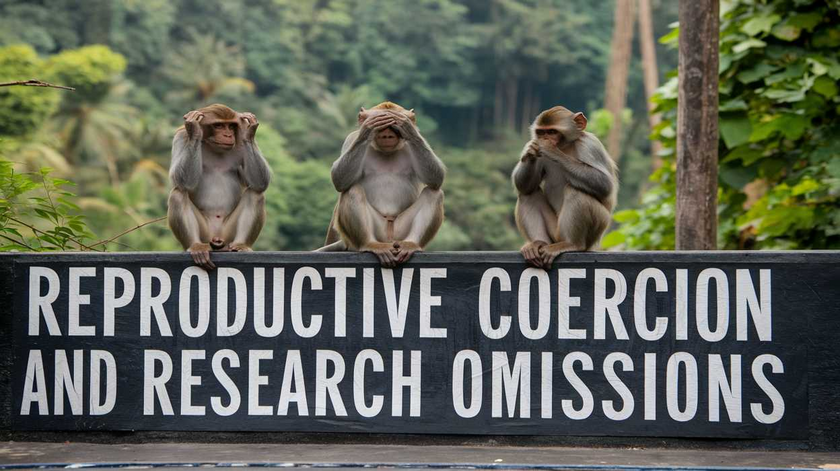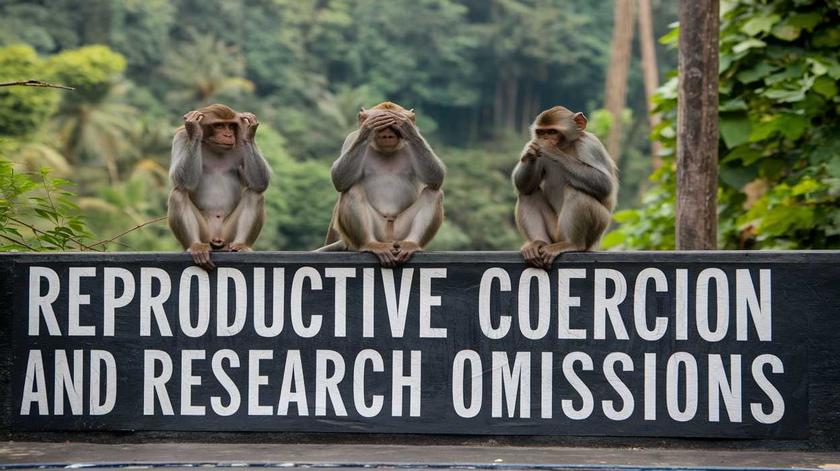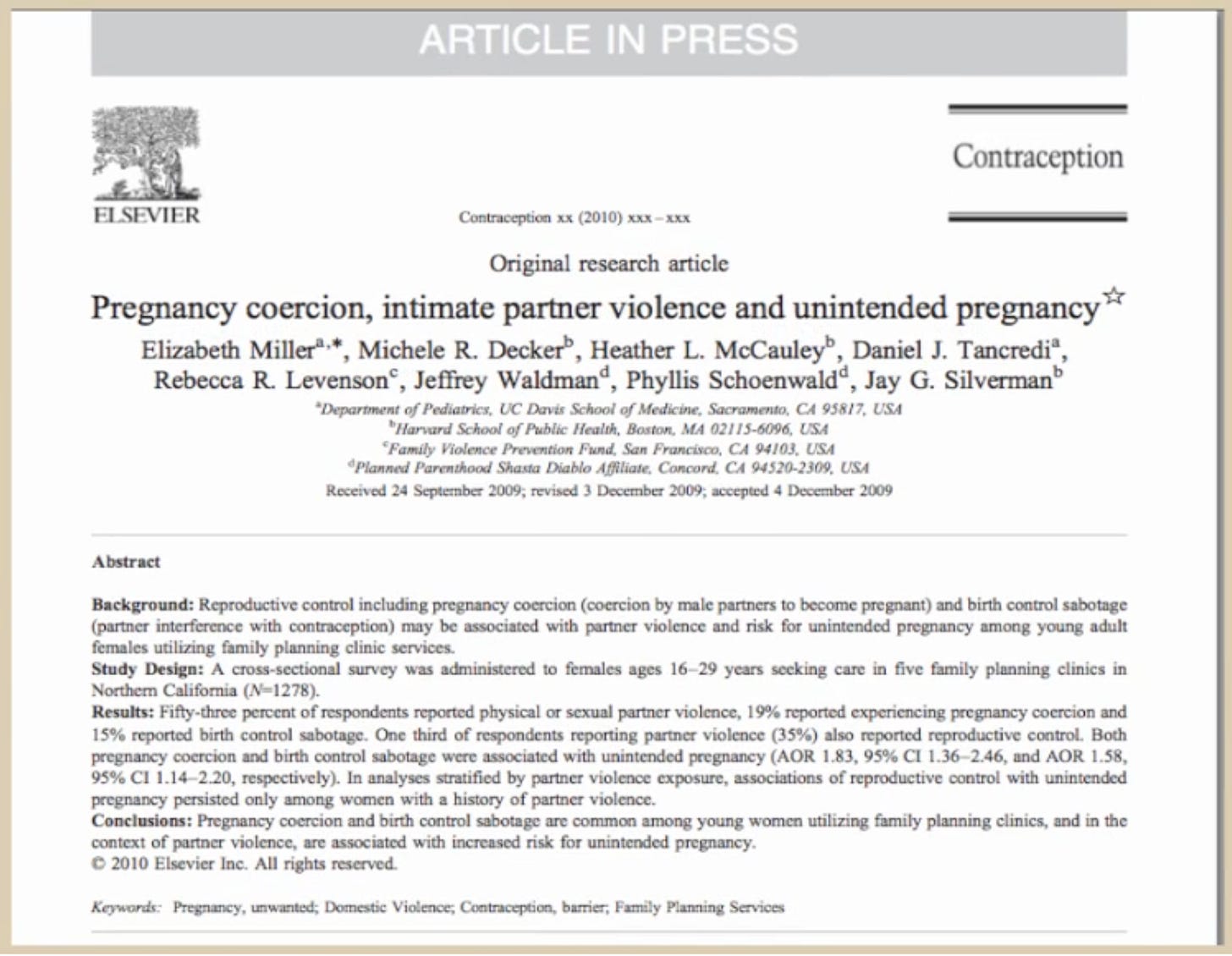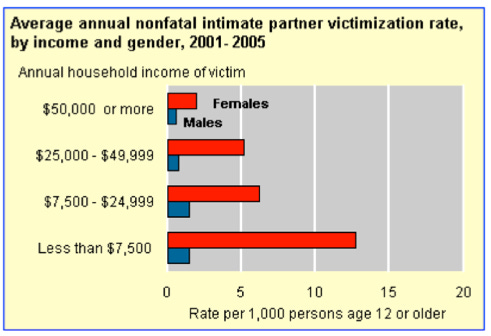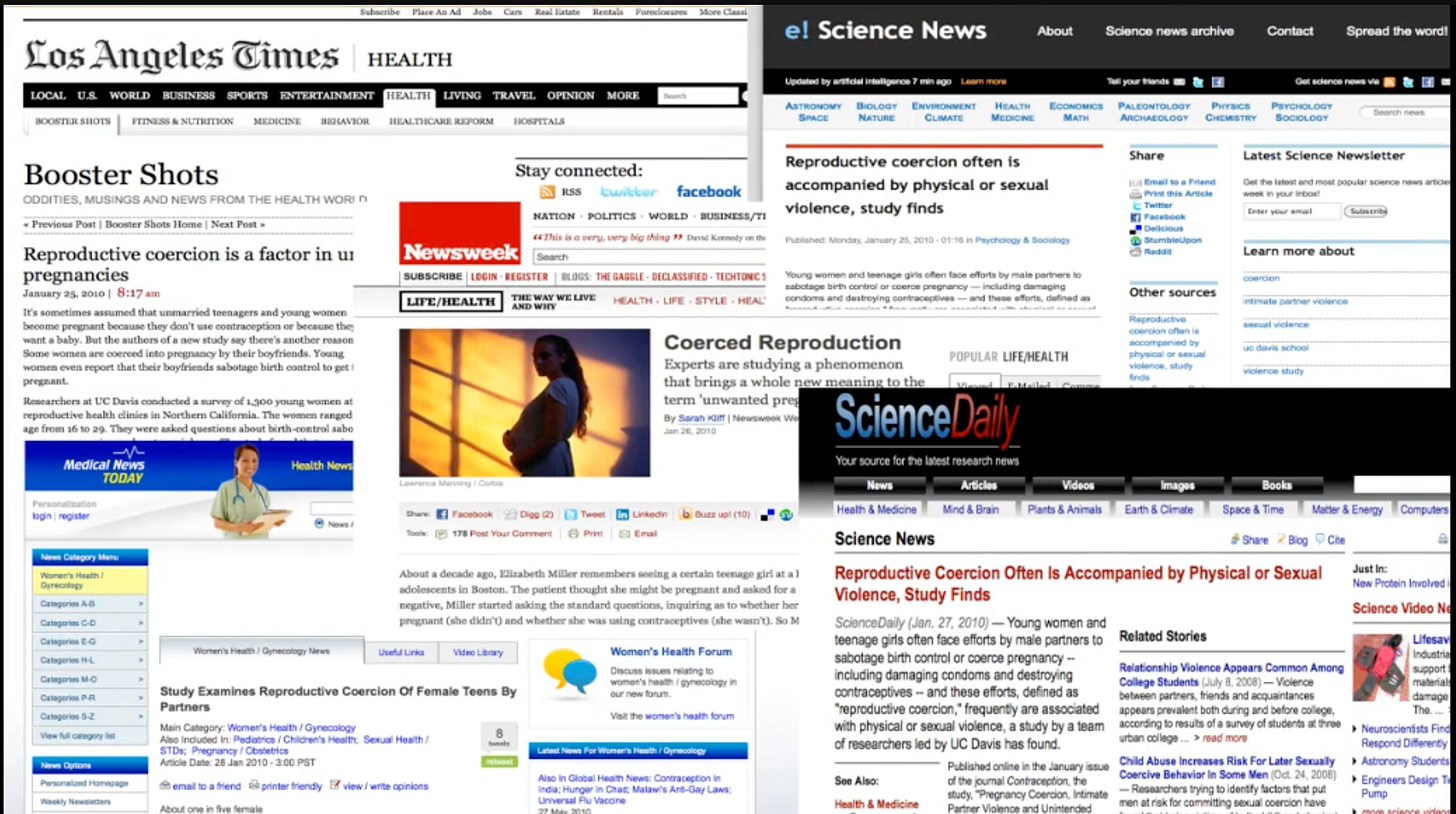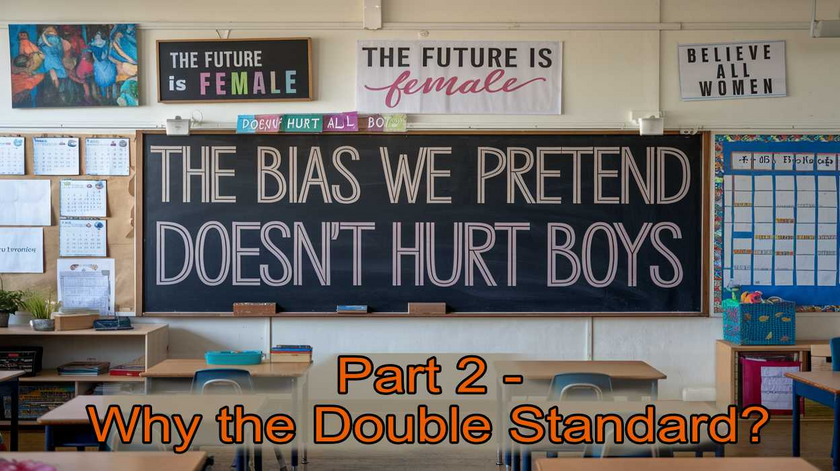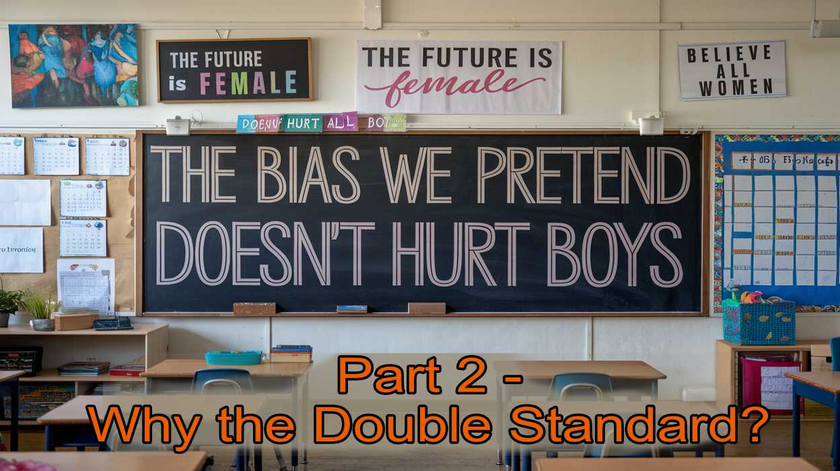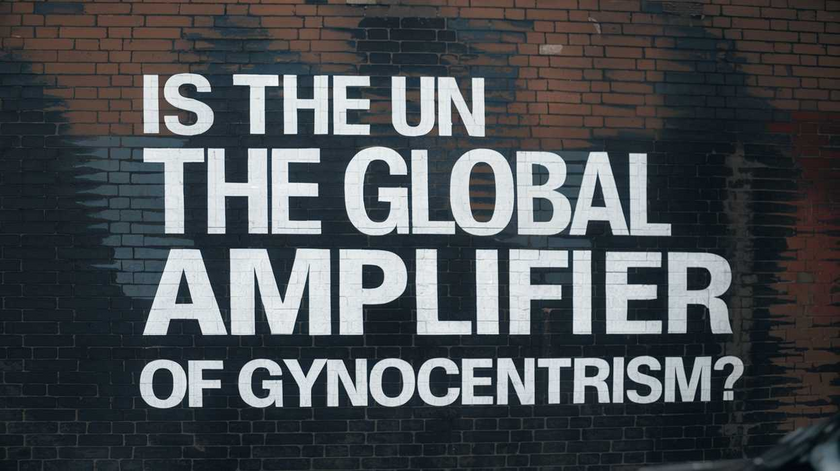
Is the UN the Global Amplifier of Gynocentrism?
For decades the United Nations has described gender equality as one of its core missions. But when you look closely at where the money goes, what the campaigns say, and who the programs serve, a simple pattern appears:
“Gender equality” at the UN means women’s advancement—not equality for both sexes.
A structure built for one side
The UN has an entire agency, UN Women, whose mandate is “the empowerment of women and girls.”
There is no equivalent body for men and boys—no UN Men, no program for male mental health, no dedicated fund for fathers, male victims of violence, or boys falling behind in school.
The budget lines and organizational charts make that bias plain:
The UN Trust Fund to End Violence Against Women describes itself as “the only global grant mechanism exclusively focused on ending violence against women and girls.”
There is no parallel trust fund for male victims.UN Women’s “UNiTE” campaign calls for ending digital violence against women and girls.
Men’s victimization online—equally common according to Pew Research—doesn’t exist in that narrative.UNDP’s Gender Equality Strategy reports success by counting “nearly 300 million women reached” and by helping nations “stop violence against women.”
Men and boys appear only as partners to help women.UNICEF’s Gender Policy 2021–2030 centers “the empowerment of girls and women.”
Men and boys are mentioned mainly as positive role models in families, not as potential victims.
Across the system, the beneficiaries are female; the helpers are male.
Where men are finally noticed
There are small exceptions—almost all in war zones.
UN reports on conflict-related sexual violence acknowledge that “men and boys have also been victims.” The Children and Armed Conflict office has even published a piece titled “Hidden Victims: Sexual Violence Against Boys and Men in Conflict.” But those admissions stay confined to the battlefield. They never migrate into the UN’s global gender architecture, where billions in aid and advocacy focus on women alone.
Why that matters
When one of the world’s leading moral authority treats one sex’s suffering as routine and the other’s as invisible, the effects cascade downward:
Governments model their own policies on UN frameworks.
Media outlets echo UN language when reporting violence or inequality.
NGOs compete for funding by aligning with “safe” causes—those that serve women and girls.
The result is an institutional feedback loop of gynocentrism—a worldview that instinctively prioritizes women’s welfare and treats male hardship as either self-inflicted or irrelevant.
What real equality would look like
If the UN truly meant gender equality, it would:
Collect sex-disaggregated data on all victims of violence and harassment.
Fund services for male victims alongside female ones.
Acknowledge boys’ educational decline as a global crisis, not a footnote.
Retire one-sex language (“women and girls”) from documents that claim to speak for gender equality.
Create a UN Office for Men and Boys to parallel UN Women.
Those steps wouldn’t reduce concern for women—they’d complete it. Because equality that only travels one way isn’t equality at all.
Conclusion
What we see here isn’t an accident or an oversight. It’s the inevitable outcome of a worldview that equates “gender” with “female.” Every policy, campaign, and funding stream reinforces the same moral reflex: women deserve compassion and resources, men deserve correction and silence. The UN’s gender architecture has become a mirror of our cultural blind spot—a system that praises itself for “equality” while institutionalizing exclusion. The language may sound noble, but the practice reveals something else entirely. The UN has become the global amplifier of gynocentrism—broadcasting a one-sided empathy that shapes governments, media, and public consciousness around the world. Until that changes, “gender equality” will remain a slogan that hides a profound inequality.
I want to commend the work of Ed Bartlett’s DAVIA on the issue of the UN’s failure (links to over 50 press releases about the UN’s misandry) to address the needs of boys and men and promoting the 12 Global Disparities faced by men and boys. Jim Nuzzo has also done some great work on this issue. Examples are here and here.
Sources: UN Women Strategic Plan 2022–2025; UNDP Gender Equality Strategy 2022–2025; UNICEF Gender Policy 2021–2030; UN Trust Fund Annual Reports 2022–2024; UN reports on conflict-related sexual violence (OHCHR, CAAC).


